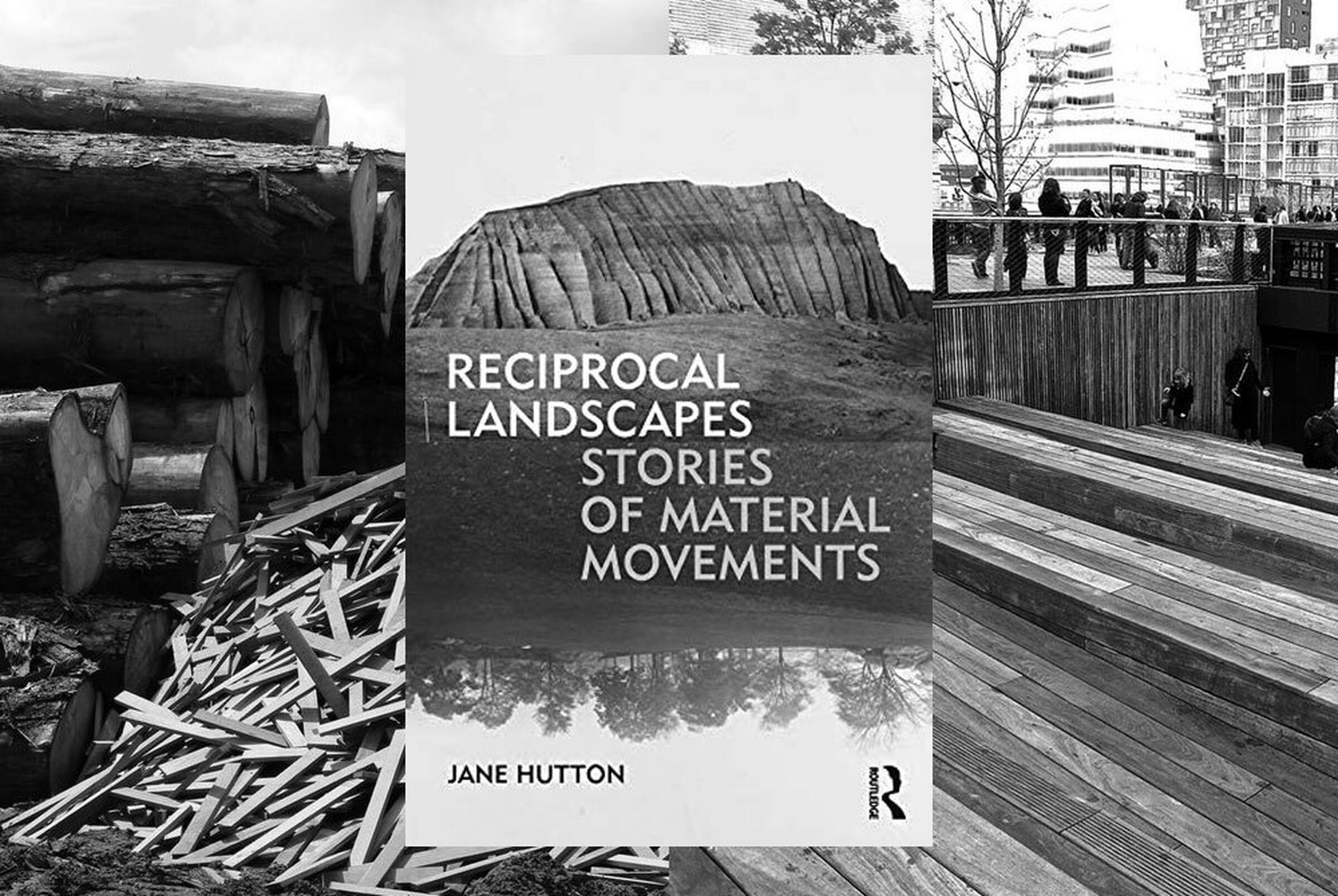072
Jane Hutton
Reciprocal Landscapes

Jane Hutton, ‘Reciprocal Landscapes - Stories of Material Movement’
As we move through the city and towns we live in …we are of aware somewhere in the back of our minds that the materials of stone, steel, vegetation and even the electrical power which together make up those cities and places we love come from somewhere other than where they reside now.
We of course know that the steel frames responsible for our building and bridges are not a local species of ‘ironius structuralius’ grown locally on the river banks in every city around the world.
But beyond the physically imposing material assemblies of buildings and bridges are the paving stones on our streets, the trees that line that street and even the fertilizer that helps those plants in your local parks grow.
The origins and transportation of those materials to our cities are intertwined with conversations of environmental management, politics, labor laws as well as concepts of the exotic versus the material mundane.
Jane Hutton has written a book called ‘Reciprocal Landscapes: Stories of Material Movements’ that looks to five common materials that make up the public spaces of New York City over a 150 year time frame.
In doing so, Jane traces the material origins, procurement, labor, politics and aesthetics of these five materials to better understand an often neglected conversation in design. A conversation that is finally growing with momentum and importance.
Jane Hutton
Jane Hutton is a landscape architect and Assistant Professor at the University of Waterloo School of Architecture. Her research looks at the extended material flows of common construction materials and their social and ecological relations. Recent publications include Reciprocal Landscapes: Stories of Material Movements (Routledge, 2019) as well as an edited volume, Landscript 5: Material Culture – Assembling and Disassembling Landscapes (Jovis, 2017), and Wood Urbanism: From the Molecular to the Territorial (Actar, 2019), co-edited with Daniel Ibanez and Kiel Moe.
